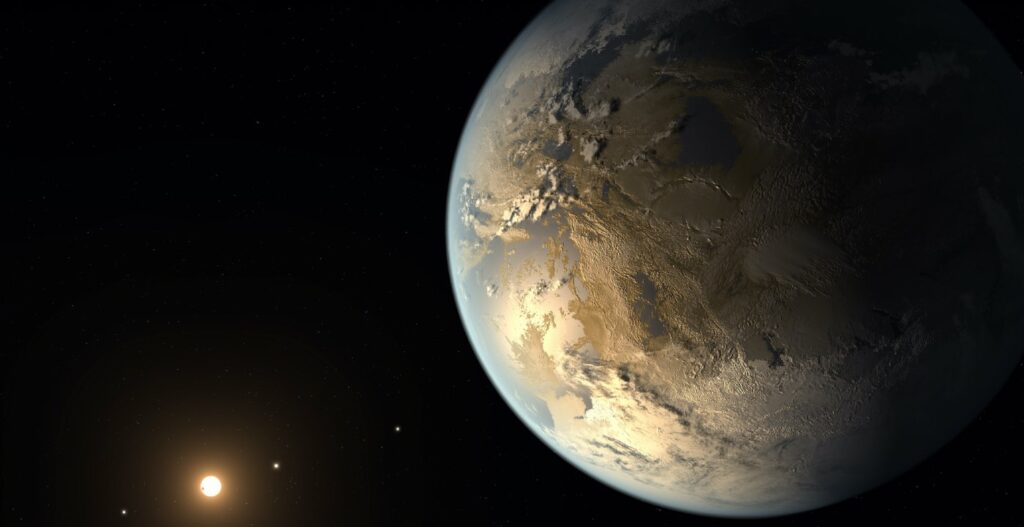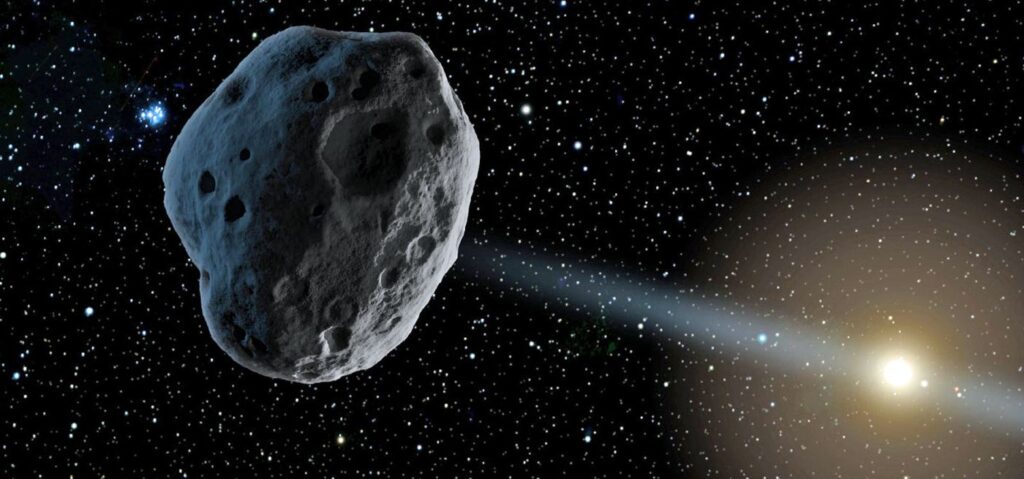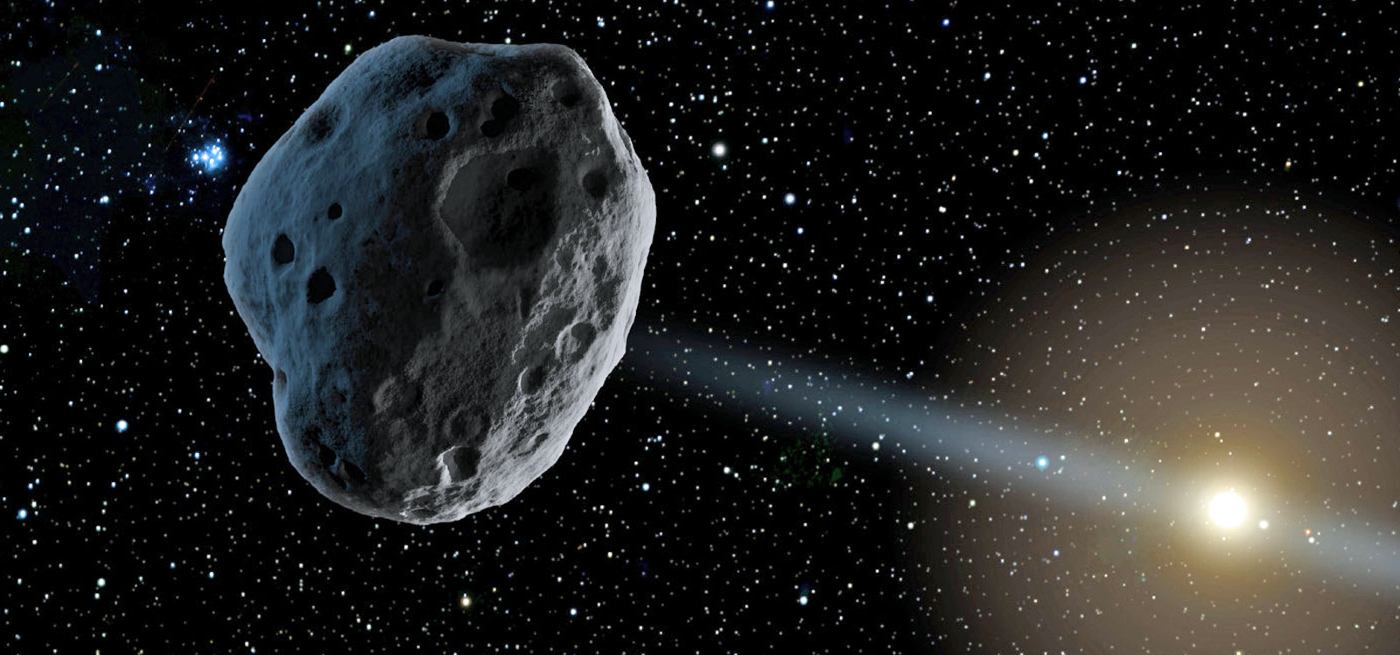
New research suggests the seven continents were created by giant meteorite impacts—similar to the one that wiped out the dinosaurs.
They happened more than three-and-a-half billion years ago, before life on Earth began— so the discovery sheds fresh light on evolution.
Scientists analyzed a mineral called zircon, the microscopic grains of which act like a ‘geological clock’.
They were dug from ancient rocks at Pilbara Craton in Western Australia, which has been dubbed ‘the oldest place on Earth’.
Lead author Dr. Tim Johnson studied the composition of oxygen isotopes in these zircon crystals and found a “top-down process”.
“It started with the melting of rocks near the surface and progressed deeper—consistent with the geological effect of giant meteorite impacts.
“Our research provides the first solid evidence the processes that ultimately formed the continents began with giant meteorite impacts. They were similar to that responsible for the extinction of the dinosaurs, but occurred billions of years earlier.”
LOOK: Watch a Billion Years of Shifting Tectonic Plates Forming Our Continents in 40 Seconds
It led to the huge regions we know today as Asia, Africa, North America, South America, Antarctica, Europe and Australia—in order of size.
Dr. Johnson, of Curtin University in Perth, said the study even has implications for combating global warming: “Not least, the continents host critical metals such as lithium, tin and nickel… essential to the emerging green technologies needed to mitigate climate change.”
Massive space rocks regularly smashed into the planet during the first quarter of its four-and-a-half-billion year history. It’s known as the ‘Late Heavy Bombardment’—and had it continued life as we know it would never have got started.
For decades it had been theorized the continents originally formed at these sites but there was no proof until now.
“The Pilbara Craton represents Earth’s best-preserved remnant of ancient crust,” says Johnson. “By examining tiny crystals of the mineral zircon in rocks we found evidence of these giant meteorite impacts.”
CHECK OUT: A Gigantic Planet Found Hidden in Plain Sight

The study also pushes back on when the first continents—called cratons—emerged from the ocean.
It was believed to have happened roughly 2.5 billion years ago. The findings, published in the journal Nature, add to evidence it happened much earlier.
They eventually formed into one ‘supercontinent’ named Pangaea, which began breaking up 175 million years ago—with different segments drifting into those we see today.
POPULAR: DNA Sequencing of Viking Bones ‘Will Rewrite History’: They Weren’t All Scandinavian
A giant impact around 3.6 billion years ago would have triggered massive mantle melting to produce a thick nucleus, he explained. Data related to other areas of ancient continental crust on Earth appears to show patterns similar to those discovered in Western Australia. The researchers suspect their model is “widely applicable” and will continue testing in other areas.
“Earth is the only planet known to have continents, although how they formed and evolved is unclear,” added Johnson. “However, all along it seems the evidence was right beneath our feet.”
BREAK Up Boredom on Social Media By Sharing This Fascinating News…




















